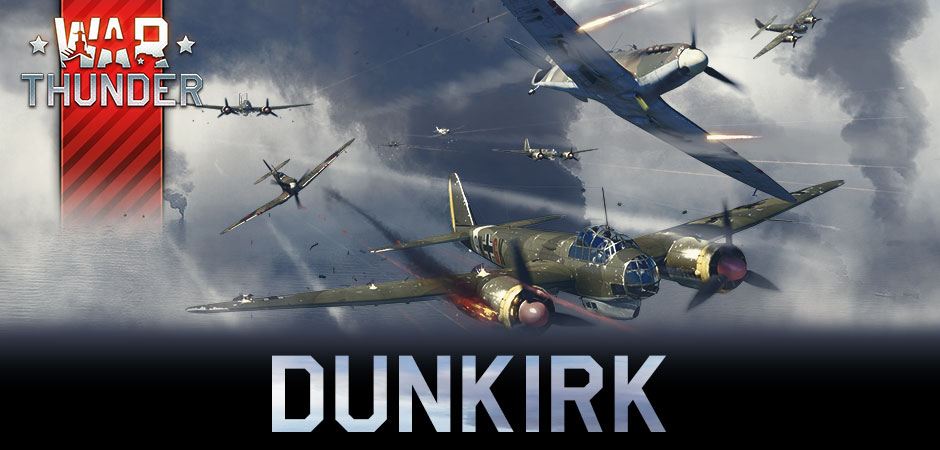
- For PC
- For MAC
- For Linux
- OS: Windows 10 (64 bit)
- Processor: Dual-Core 2.2 GHz
- Memory: 4GB
- Video Card: DirectX 11 level video card: AMD Radeon 77XX / NVIDIA GeForce GTX 660. The minimum supported resolution for the game is 720p.
- Network: Broadband Internet connection
- Hard Drive: 22.1 GB (Minimal client)
- OS: Windows 10/11 (64 bit)
- Processor: Intel Core i5 or Ryzen 5 3600 and better
- Memory: 16 GB and more
- Video Card: DirectX 11 level video card or higher and drivers: Nvidia GeForce 1060 and higher, Radeon RX 570 and higher
- Network: Broadband Internet connection
- Hard Drive: 62.2 GB (Full client)
- OS: Mac OS Big Sur 11.0 or newer
- Processor: Core i5, minimum 2.2GHz (Intel Xeon is not supported)
- Memory: 6 GB
- Video Card: Intel Iris Pro 5200 (Mac), or analog from AMD/Nvidia for Mac. Minimum supported resolution for the game is 720p with Metal support.
- Network: Broadband Internet connection
- Hard Drive: 22.1 GB (Minimal client)
- OS: Mac OS Big Sur 11.0 or newer
- Processor: Core i7 (Intel Xeon is not supported)
- Memory: 8 GB
- Video Card: Radeon Vega II or higher with Metal support.
- Network: Broadband Internet connection
- Hard Drive: 62.2 GB (Full client)
- OS: Most modern 64bit Linux distributions
- Processor: Dual-Core 2.4 GHz
- Memory: 4 GB
- Video Card: NVIDIA 660 with latest proprietary drivers (not older than 6 months) / similar AMD with latest proprietary drivers (not older than 6 months; the minimum supported resolution for the game is 720p) with Vulkan support.
- Network: Broadband Internet connection
- Hard Drive: 22.1 GB (Minimal client)
- OS: Ubuntu 20.04 64bit
- Processor: Intel Core i7
- Memory: 16 GB
- Video Card: NVIDIA 1060 with latest proprietary drivers (not older than 6 months) / similar AMD (Radeon RX 570) with latest proprietary drivers (not older than 6 months) with Vulkan support.
- Network: Broadband Internet connection
- Hard Drive: 62.2 GB (Full client)
[Enduring Confrontation] Dunkirk - Air Defence
Available from July 21st 16:30 GMT to July 24th 7:00 GMT
Operation Dynamo, 22nd May - 4th June 1940
France was falling rapidly to the advancing German army, the Allied forces were divided by the German advance from the Ardennes to the Somme. The Allied armies in the north were cut off and quickly becoming encircled. An evacuation of the BEF (British Expeditionary Force) began on the 26th May whilst the Allies strengthened their defences against advancing German armour which met heavy resistance.
Heavy German bombing had rendered Dunkirk's harbour useless, and hundreds of thousands of men were stuck on the beach, hoping to be rescued. The Luftwaffe attacked the troops on the beach and reduced the town of Dunkirk to rubble whenever the weather was suitable. The RAF intercepted as many of the attacking aircraft as was humanly possible whilst being crippled by the distance they had to travel from Allied airfields to assist the beleaguered forces as well as pitting relatively inexperienced pilots against the more veteran German pilots. Despite the limitations, over the nine days of Operation Dynamo, the RAF flew 2,739 fighter sorties and an additional 822 reconnaissance and bombing missions. Fighter Command claimed 262 enemy aircraft downed for 106 of their own destroyed.
On the 29th of May, the British public were advised of the evacuation, many privately owned boats started arriving at Dunkirk to ferry the troops to safety. This fleet of small vessels famously became known as the 'Little Ships'. The contribution these civilian vessels made and the bravery of the crews in their part in the evacuation set a source to the term 'Dunkirk spirit', an expression still used today to demonstrate the British will and the ability to rally together in the face of overwhelming odds.
On the 4th of June, at the end of the operation, 198,000 British and 140,000 other Allied troops had been saved, while nearly all heavy equipment had been left behind. Although the Germans had taken over a million Allied prisoners in three weeks at a cost of 60,000 casualties, the evacuation has been seen as major morale boost to the British people and enabled the Allies to regroup for a fight that was to be joined in the skies over the “Home Turf” (The Battle of Britain), and to resist the anticipated German invasion of Britain (Operation Sealion).
Available aircraft:
|
|
Do you like the event? Let us know in the comments below. We are eager to hear back from you!
The War Thunder Team

 Germany:
Germany: Great Britain:
Great Britain:



Comments (90)
I love this event! its a bit .. empty.. but other then that its awsome!
PLEASE keep coming Enduring Confrontation for RB on a regular basis, this is the most fun mode I ever played in War Thunder. Regardless if we have plane presets or not.
6 AB events, 1RBEC and nothing for us....SB community!!! THNX Gaijin!!!
Trying to get in to the event, and it doesn't seem it'll load... Just keeps me waiting in the lobby. Has anyone else had this problem?
The matchmaker definitely needs improvement. If i ever get in a match, there's maybe 8 players each team. Why can't we simply join these games instead of waiting 15+ minutes? Join in progress is on, if that matters.
After playing an enjoyable first match, my opinion has changed; MM is jacked and it should be 16v16 with bots and ground vehicles/targets
Would the gaijin team please take this movies cool scenes as opportunity to implement pilots with oxygenmasks, atleast in a cosmetic matter. This would change the (in my opinion) comical looking pilots, into more alienated, manassing style.
LOL, If your really going to copy WOWS at the last minuet. You should really copy them and make the Dunkirk battle. Not the battle of Briton and call it Dunkirk. You both are awesome games. You both have good and bad. But come on. Jealousy is un becoming of you.
You need to add some ships where the Germans are trying to destroy them and the British are defending
WHERE I CAN REPORT bugs
Submit a complaint